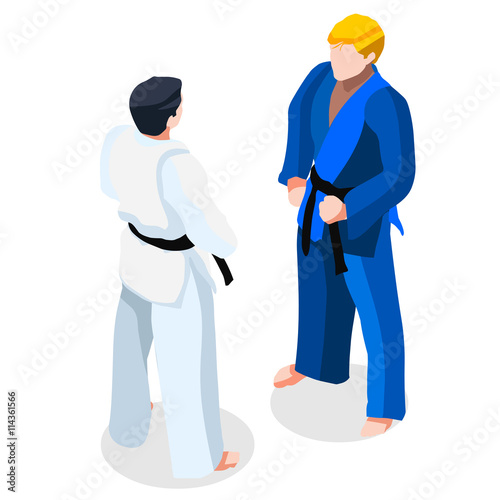Discover The Keys Behind Karate, Taekwondo, And A Lot More! Reveal The Hidden Globe Of Martial Arts Designs In This Supreme Overview
Discover The Keys Behind Karate, Taekwondo, And A Lot More! Reveal The Hidden Globe Of Martial Arts Designs In This Supreme Overview
Blog Article
Writer-Borch Lemming
Are you tired of feeling bewildered by the large world of fighting styles? With so many styles to select from, it can be simple to obtain lost in a sea of strikes, kicks, and mystical names. But worry not!
This discussion will certainly debunk the different martial arts designs, taking you on a journey from the powerful strikes of Karate to the dynamic kicks of Taekwondo. Get ready to uncover the origins, strategies, and ideologies behind these ancient art forms.
So, tighten your belt and prepare to start an enlightening exploration into the fascinating globe of fighting styles.
Origins of Martial Arts Styles
The beginnings of fighting styles styles can be mapped back to ancient worlds and their demand for protection and battle methods. Throughout background, different societies created their own distinct approaches of battling, each with its own collection of methods and ideologies.
In China, for example, martial arts styles such as Kung Fu and Tai Chi were established as a way of self-defense and enhancing physical and psychological health.
In Japan, the samurai warriors produced styles like Martial arts and Judo, focusing on technique, accuracy, and proficiency of the body.
Similarly, in Korea, Taekwondo became a martial art stressing high kicks, quick motions, and mental fortitude.
These early worlds laid the foundation for the diverse selection of martial arts styles that exist today, each with its own rich history and cultural importance.
Methods and Educating Methods
To grasp martial arts styles, experts must discover numerous strategies and training methods.
Techniques are the particular movements and activities utilized in combat, such as strikes, kicks, throws, and blocks. Various martial arts designs have their very own special set of methods that specialists must grasp with extensive training.
Educating approaches differ relying on the design, however they generally entail a combination of physical fitness, drills, sparring, and kinds.
Physical conditioning is vital to construct toughness, flexibility, and endurance. Drills assist professionals refine their techniques and boost their speed and precision.
Competing permits practitioners to practice their strategies in a controlled, practical environment. Kinds, additionally called kata, are cut-and-dried series of motions that aid experts create muscular tissue memory and emphasis.
Approaches and Concepts
Exploring the philosophies and concepts of martial arts styles can supply you with a deeper understanding of your picked technique. Each fighting style has its very own distinct philosophy and set of leading concepts that form the method it's exercised.
For instance, Karate stresses technique, respect, and self-constraint. It shows specialists to focus their minds and bodies, enabling them to protect themselves while preserving a sense of internal tranquility.
On list martial arts , Taekwondo places a solid focus on rate, agility, and flexibility. Its concepts are rooted in the tenets of politeness, stability, determination, self-constraint, and indomitable spirit.
Verdict
Now that you have actually checked out the origins, strategies, and viewpoints of numerous martial arts designs, you have a deeper understanding of these ancient disciplines.
Think of https://www.nbclosangeles.com/california-live/unlimited-possibilities-martial-arts/3130437/ , experimenting unwavering determination and emphasis, breaking through boards with a powerful punch.
Their trip showcases the commitment and toughness called for to master a fighting style, reminding us that with discipline and perseverance, anything is possible.
